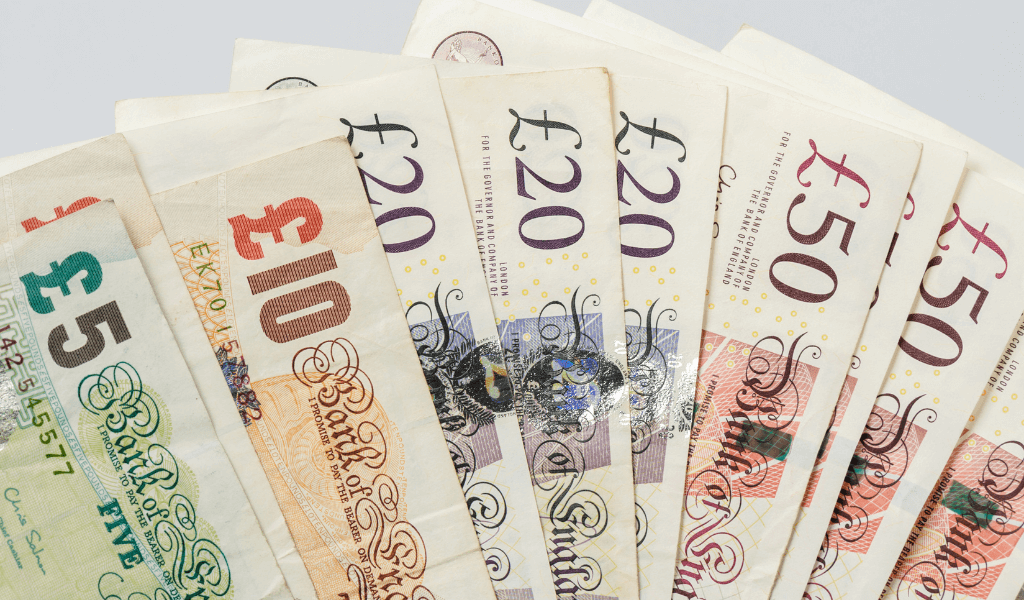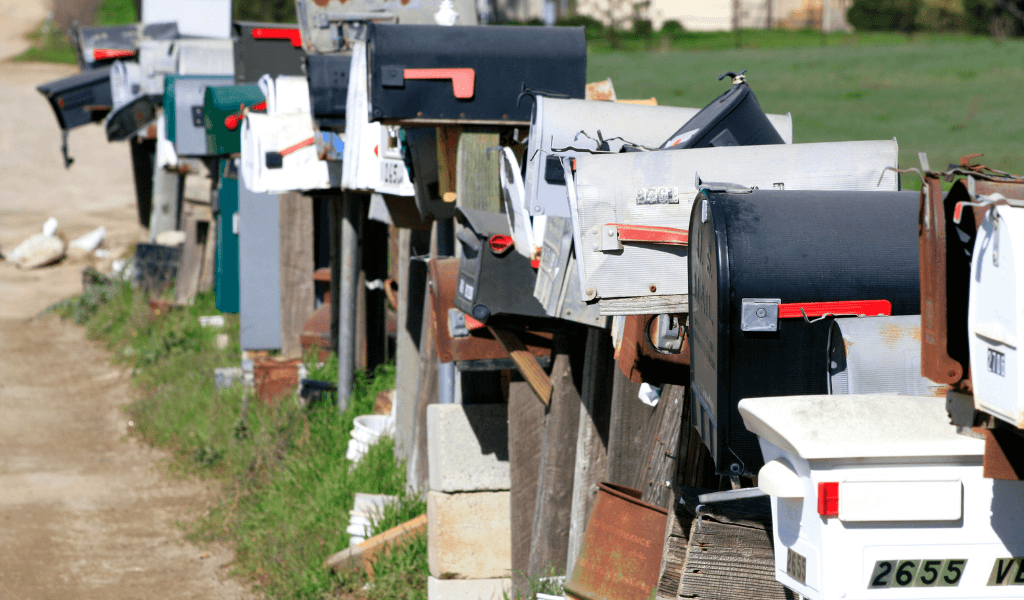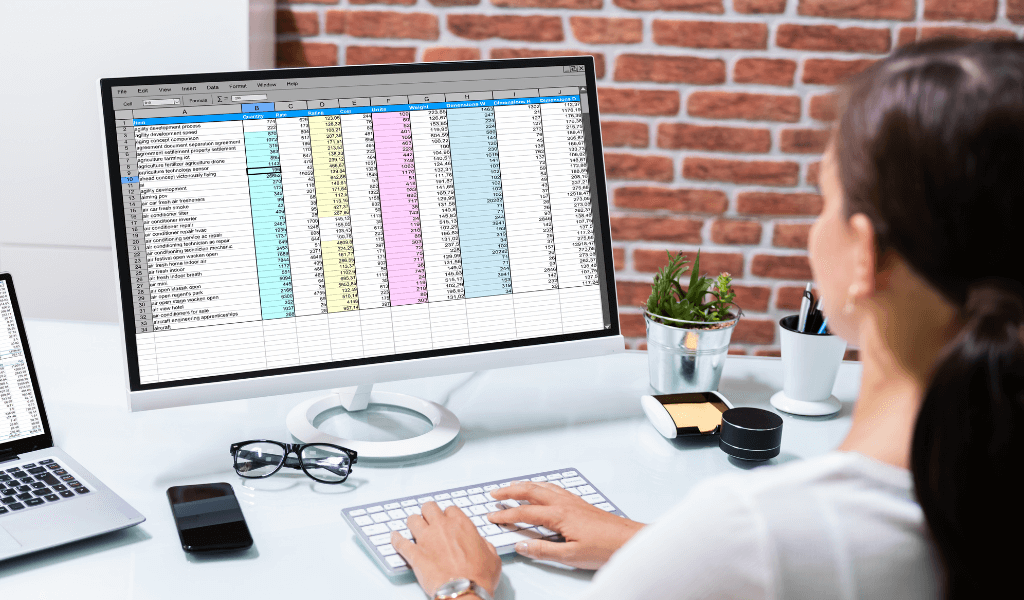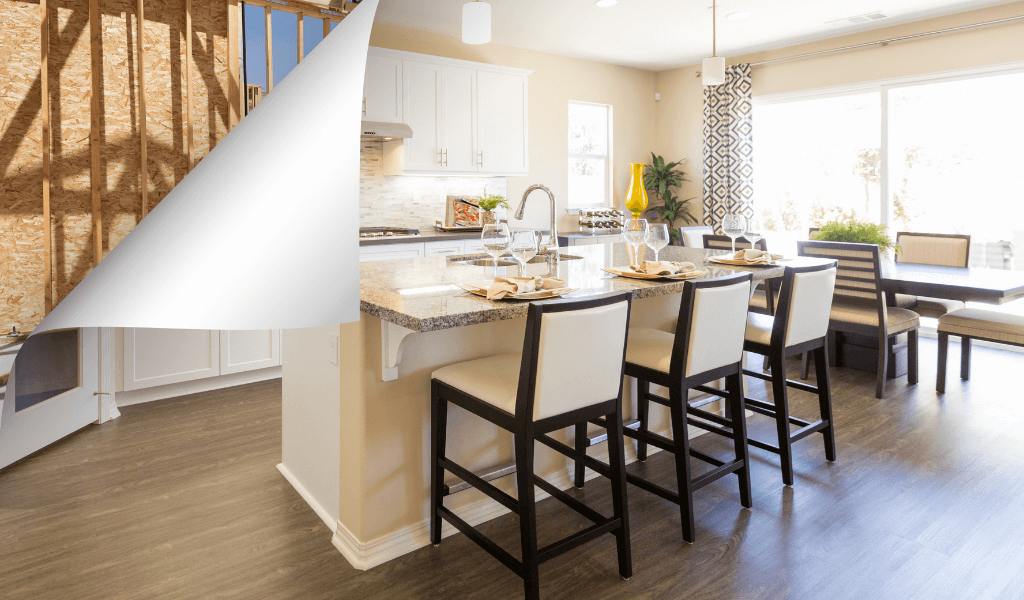Property flipping (or buy to sell) is a very popular strategy. It’s simply the process of buying a property, adding value and selling it at a profit. It’s a simple strategy, but difficult to master – otherwise everyone would do it!
In this article, I explain how to apply the strategy well. I talk about how to fund deals and how to source your properties. I also talk about taxation considerations, when doing property flips.
Property flipping is one of the simplest property strategies in the UK. If you’re interested in other property strategies, check out these articles
-
Is buy to let worth it in 2021?
-
Strategy Advice: How to rent to tenants on benefits
-
Landlord 101: Interest only vs capital repayment
I also offer a mentoring service. I’ve been investing in UK property for 10 years and spent 15 years working for the biggest investment banks in the world. Mentoring will allow you to take advantage of this experience and boost your property investment journey. Find out how to contact me on this page, and find out more about my story on this page. The 1st session is 100% free.
With a flip, you buy a property, and sell it a short time later at a profit. You’ll need to add value to the property, when you own it. If you don’t add value, then you’ll need to buy the property at a discount to market price. This is definitely possible with commercial properties, but is pretty difficult in the residential space. With sites like Rightmove, 99% of sellers know what their property is worth.
The most common way to add value to your property is with some sort of refurbishment. There’s loads of works you can do. Popular examples include
- New kitchen
- New bathrooms
- Paintwork
- New flooring
- Property extension
- Loft conversion
- Add in an extra room
Another way to add value is by obtaining planning permission. Properties with planning permission often sell at a premium.
With property flips, you’re trading your time (and hard work) for profits. But you can expect these profits to come pretty quickly – within 6 months. This trade-off is different to buy to let. With buy to let, you don’t input as much time, but you need to wait longer for profits.
On a personal level, I try to focus on property investments that lead to profits, without too much work. This is why I don’t personally do property flips. A lot of investors just look at the returns, without factoring in how much work they need to do. It’s important to consider both factors.
So how will you fund your property flip? You might think you can just use a mortgage, but I would caution against that. Mortgages are intended for long term investments, and your lender won’t be happy if you sell your property after 6 months. You might think it’s a great deal to pay 2% for 6 months, but if the lender blacklists you, it’s not so smart. I’ve spoken to investors that use mortgages for property flips, but I don’t personally think it’s a good idea. If you plan on becoming a professional property investor, then it’s best to be nice to the lenders!
Mortgages are a fantastic tool in the right circumstances, but property flips aren’t one of those circumstances.
Cash is a popular source of funds for flips. One advantage of using cash, is that you can move quickly to buy the property. This might mean you can negotiate a lower price for the property.
Another option is bridging loans. This form of loan doesn’t have the same restrictions as mortgages, but the rates are much higher. Rates typically range from 0.8% to 2% per month. Bridging is a great way to get funds quickly without too many questions being asked.
I wrote a detailed article on principal private residence relief (PPR), so if you want to find out more, look there. PPR is a tax break with some pretty great benefits. You can buy your property without a 3% stamp duty surcharge, and you can sell it off with paying any capital gains tax (CGT). There’s only one problem, this benefit isn’t designed for property flips. You’re actually breaking the law by claiming PPR.
PPR benefits are designed for individuals that live in the property. Many people think that if you only own one property, then that property gets PPR relief. So what they do, is they buy one property, do a flip and sell it off without paying any CGT. They then repeat the trick again and again, and sell properties off, without paying CGT.
This isn’t ok in the eyes of the UK Government. What matters is your intention, when you buy the property. If you intend to flip the property at a profit (and not live there), then you don’t qualify for PPR relief. But how can the UK Government look inside your heart and know your intentions? Well they can’t, but it’s still a stupid idea! If you flip 5 properties in 3 years, then HMRC will come and ask some questions. It will be difficult to claim that you lived in each property…
If you want to reduce your taxes legitimately, then I’ve written a bunch of articles to help you do that
To succeed at property flips, you need to make profits fast. This means you really need to buy your property at a discount. You could buy a property for cheap at your local estate agent, but this can be difficult. Properties at estate agents rarely sell at large discounts. Some tired and older properties might, but most don’t.
Direct to vendor is a good way to source properties at a lower price, i.e. leaflets through doors. By approaching sellers directly, you open up a line of communication with the seller and can create win-win situation. Another way to approach vendors is to ask people if they have a property to sell.
One strategy to buy properties at a discount, is to buy at auctions. Auction properties tend to be lower quality, but that does mean you can pick up a bargain. Buying at auction is a specialised area. At some point (when I get time!), I’ll write an article on it.
To succeed at property flips, you MUST get your numbers right. I cannot stress this strongly enough. There’s nothing worse than refurbing your property for 6 months, and then selling it off without a profit. I’ve seen this happen to investors, and it’s pretty disheartening.
You need to know how much your refurb will cost, and exactly how much you can sell your property for. It helps to have a buffer, in case costs rise (they always do!).
If you plan on doing a deal with £30,000 of profits, then I’d be worried. Maybe your refurb costs go over by £10,000 and you get £15,000 less when you sell. Suddenly, £30,000 of profits have fallen to £5,000. If you’ve slaved over your property for 6 months, then that’s a pretty low return for your work.
Don’t forget stamp duty!
Stamp Duty isn’t a major consideration for buy to let investment, as you’ll hold your property over the long term. Aside: if you don’t know what stamp duty is, then read this article. If you hold your property for 30 years, then stamp duty won’t have a big impact on your total profits.
With property flips, you only hold your property for a few months, so stamp duty could have a huge impact. Stamp Duty increases rapidly as your purchase price rises. This hits properties in London hard. You’ll be hard pressed to pay less that £20,000 in Stamp duty. Stamp duty can be the difference between a great deal and a flop!
Property flips are one of the most well known strategies there are. While it might seem super simple, there are some important things to be aware of. If you don’t educate yourself, then you’ll easily get burnt.
Are property flips too simple for you?! Then check out my articles on more advanced property strategies









???? + 0.75840706 BTC.NEXT - https://graph.org/GET-BITCOIN-TRANSFER-02-23-2?hs=43c11d8acbfa93eed09611e8c7f7103f& ????
a8qwir